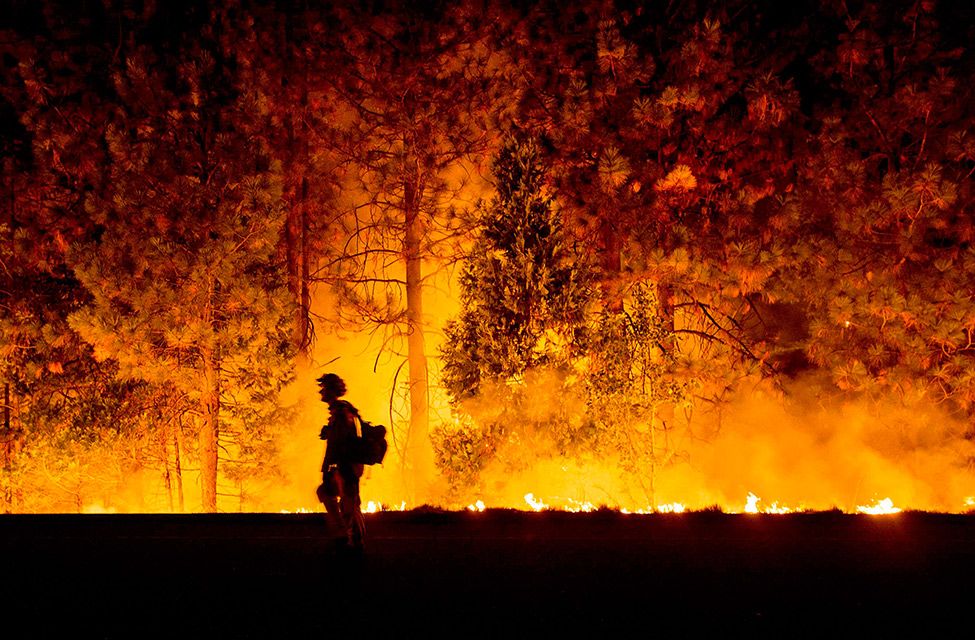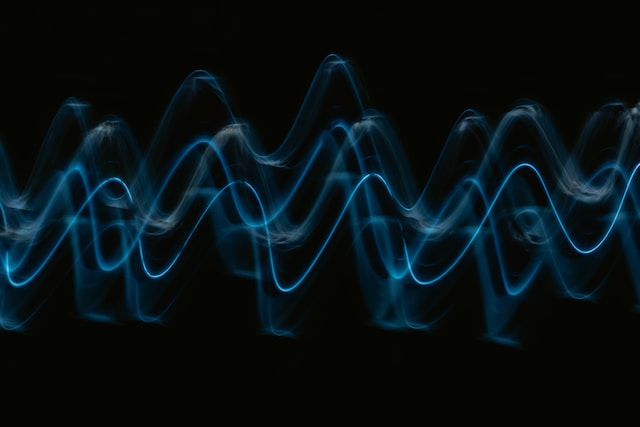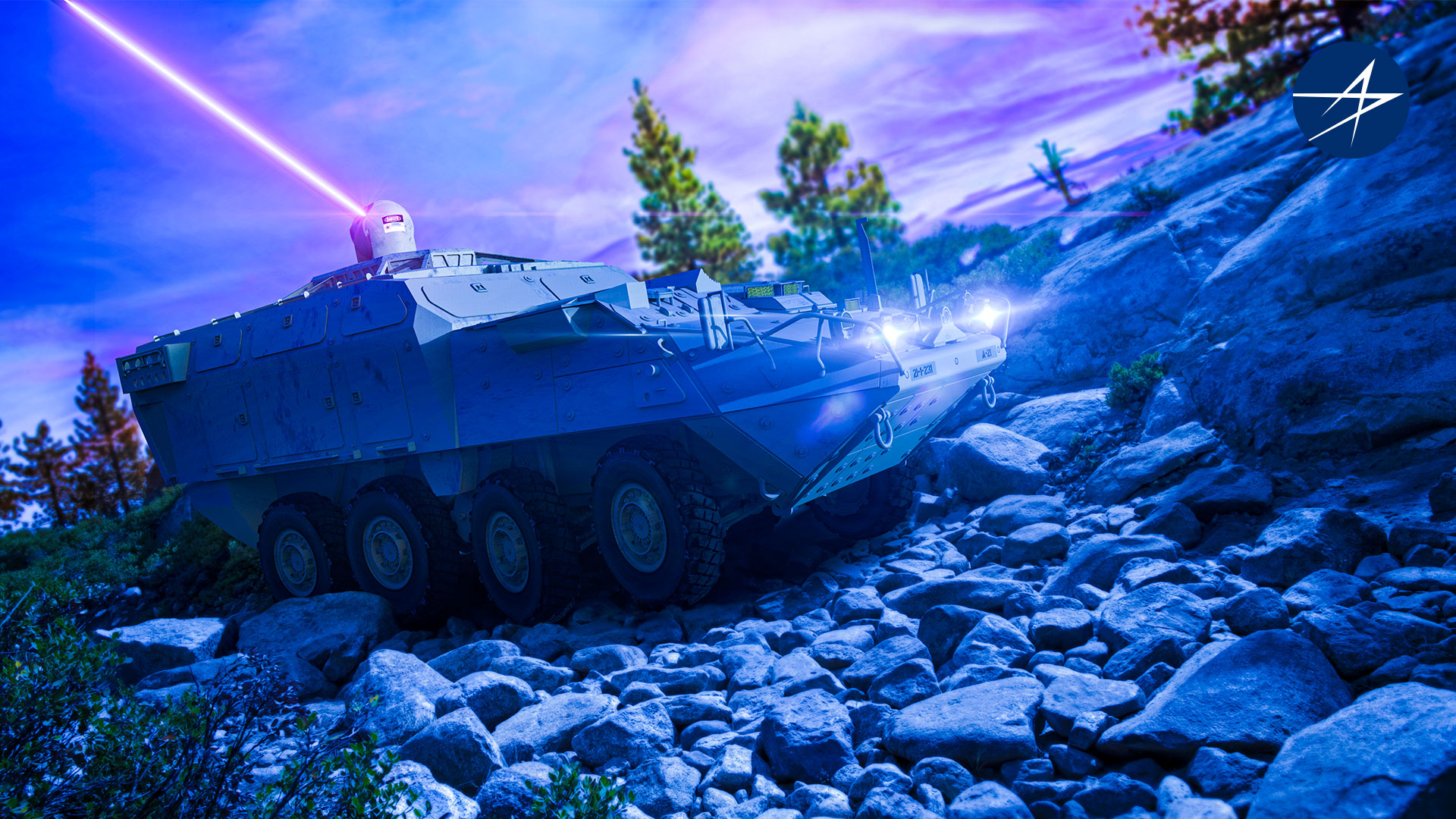According to the following video by John Holdren, US Science Advisor to President Obama, climate change is making wildfire seasons in the US longer and more intense.
And as the fires increase, pollution in the form of methane, carbon dioxide, tiny bits of soot and motes from brown carbon are released into the atmosphere, adding to the current annual average of about 39 billion tons per year of anthropogenic emissions. Wildfires affect forests, vegetation, grassland, rush, peet, hills, mountains and agricultural land.
According to Stanford University professor of Civil and Environmental Engineering, Mark Z. Jacobson anthropogenic greenhouse gases include CO2, methane, nitrous oxide, chlorofluorocarbons, as well as warming caused by black and brown carbon. Heat trapped in the atmosphere, including heat generated by burning biomass, as in forest fires, causes cloud evaporation and decreases the relative humidity, thereby encouraging more fires.
Finally, particulate matter described above adds to cardiovascular disease, respiratory illness, lung cancer, asthma and low birth weights. If climate change continues to warm the planet a runaway effect or negative cycle could occur.
50,000 to 100,000 Americans Die Each Year From Air Pollution
In the following video, David Letterman interviews Mark Jacobson of Standford.
Related articles on IndustryTap:
- The Science of Climate Change and Why You Should Care
- Special UN Climate Summit 2014: Short Opening Film “What’s Possible”
- UN Climate Chief Praises China, Warns the Rest of the World
- Oil Tycoon’s Proposed Changes Would Boost UK Economy by £200 Billion
- What’s the Size of Your Carbon Footprint? Try a Carbon Footprint Calculator!
- Thermal Energy Collection Lights Up the Night Through Solar Power
- 7.5 MWh Giant Solar Hourglass Can Power 1000 Danish Homes
- Lockheed Martin Announces Affordable, Clean Fusion Energy Just 10 Years Away
- Old Smartphones Get New Life as Rainforest Guardians
- Siberian Blow Holes Could Signal Catastrophic Release of Methane into Earth’s Atmosphere
References and related links:







